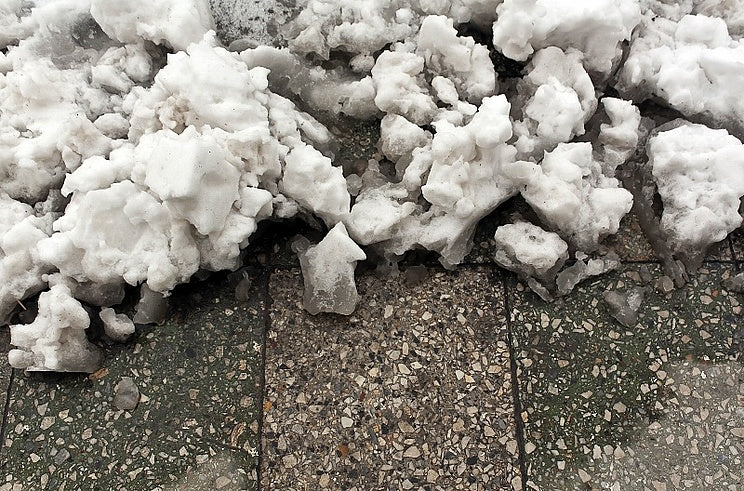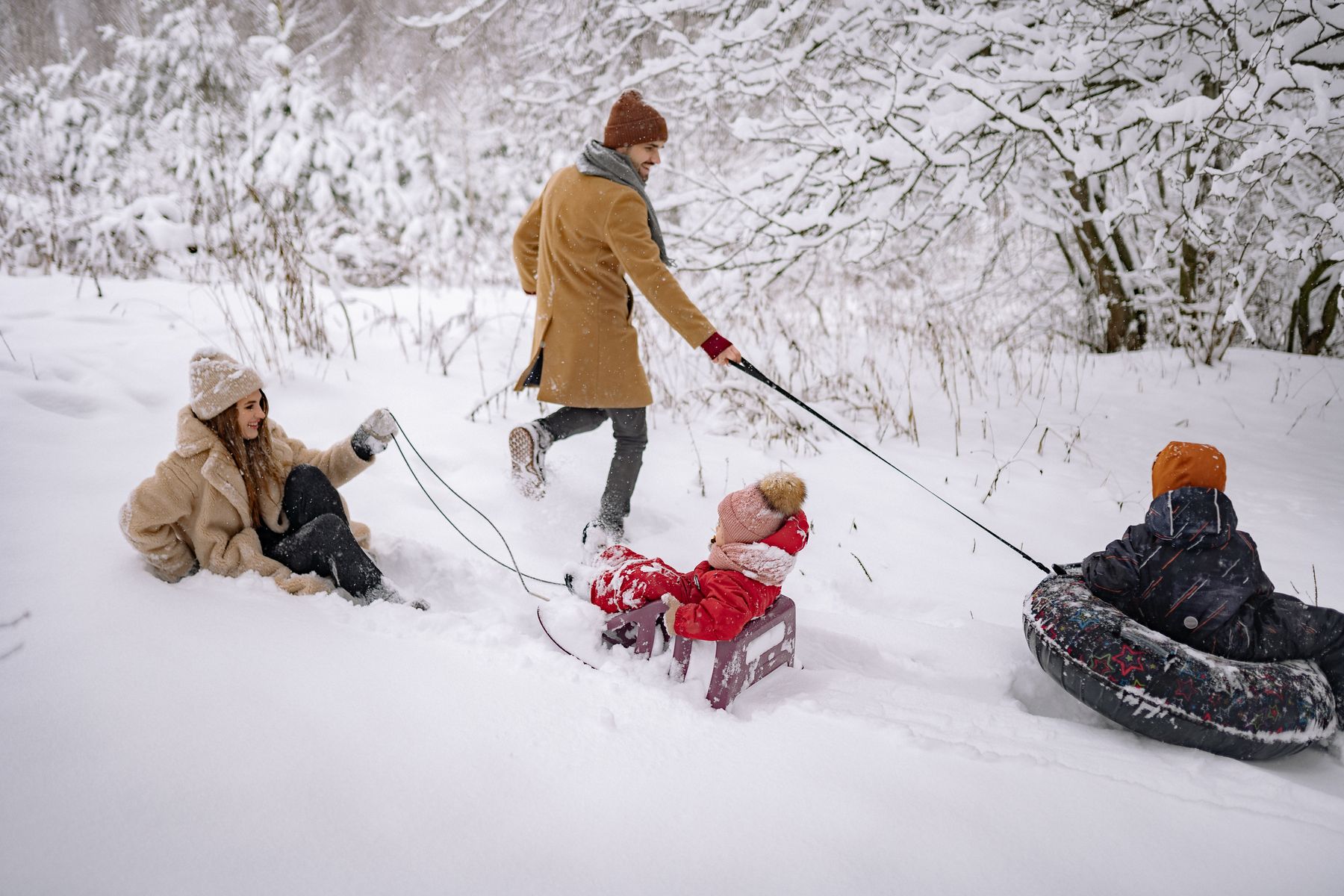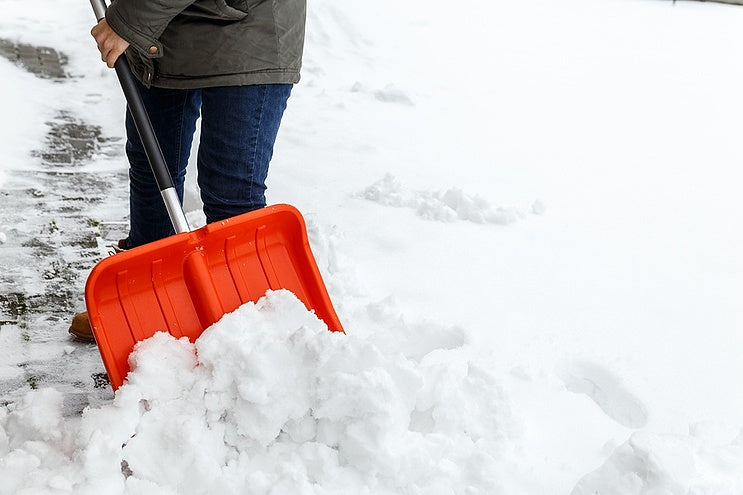Rock salt is usually not on homeowners' minds until outdoor temperatures begin to drop and winter is "just around the corner." And when thoughts do turn to rock salt, it is usually in immediate connection with melting ice and snow rather than with health concerns.
Although rock salt has, according to recent trends, become popular in health-conscious circles as a substitute for ordinary table salt (called by some "posh" salt) and, purportedly, as a health-enhancing releaser of "negative ions" in Himalayan pinksalt lamps, in the context of applying it to pavements around your home, it has a decidedly poor health and wellness resume.
The Health Risks of Rock Salt
Calcium chloride, commonly referred to as rock salt, can be potentially harmful to pets, kids, and plants, and if you're not careful, to adults as well.
First, you have to take care when handling rock salt because when it contacts your skin, it can cause "salt burns." This is especially a risk when the salt is already wet, either from making salt brine or being left out in the weather before application. Even in less extreme cases, rock salt can cause mild rashes and skin irritations, and the worst case scenario can be quite painful. Dogs often get their paws burnt by walking on rock salt "slush" or otherwise contacting the material.
You also need to wear a mask when applying rock salt, especially on a day with significant wind movement. Rock salt dust can irritate your mouth, throat, stomach, and intestines if accidentally inhaled, and it can lead to severe vomiting/diarrhea. Children who have breathed in or swallowed rock salt need immediate medical attention, adults who are repeatedly exposed to it can develop serious respiratory conditions, and animals can suffer kidney damage or even die if they eat too much rock salt. Birds that consume rock salt may become disoriented and unable to fly unless/until they recover.
Rock salt also inevitably dilutes in the run-off water it creates, or gets carried away in a winter rain storm, and ends up spilling over the edges of pavements. This salts the soil and causes plants to absorb toxic levels of salt, leading to defoliation and/or plant death. Additionally, salt near the roots of plants causes two other problems: it is absorbed instead of other needful minerals, causing nutrient deficiencies, and it acts like a "water magnet," which makes it harder for root systems to draw water into the plant.
"Health Risks" to Your Pavements
Not only does rock salt present a number of health risks to people, pets, and plants, but it also endangers the "health" of your driveway and outdoor walkways.
Concrete is made less stable when rock salt infiltrates it and lowers it pH level. Salts also reach reinforcement metals inside the concrete and increase the likelihood of corrosion. But most importantly, the salt crystals infiltrate pavement pores and draw in extra water that later freezes, causing cracks, fissures, and surface spalling.
Asphalt pavements can also be affected by the enhanced freeze-thaw cycles that rock salt creates, as evidenced by the wintertime damage to our highways that becomes visible each spring.
By melting ice/snow on your pavements with rock salt, you are sacrificing longevity for immediate usefulness. Later on, expensive resurfacing or even structural repairs may become necessary.
Less Risky Deicing Methods
While certain health risks and pavement deterioration are involved, many still use rock salt to avoid other risks — such as slipping and falling on an icy walkway or suffering the effects of hypothermia while shoveling heavy snow in sub-freezing weather. They also choose rock salt because it is less expensive than other deicers.
There are alternative ways to cope with winter's snow and ice, however, and not all of them are overly costly. And when you consider the value of eliminating health risks, pavement damage, and environmental contamination, they may well be worth paying a little more for.
One solution is to use "pet safe" deicers, generally made from corn-based ingredients. They are less irritating to dog paws, and less harmful if touched or ingested (though still get medical attention if the latter occurs.) Some other deicers, like urea and potassium chloride, are safer for plant life.
A second tactic is to mix deicer with sand and use only just as much as needed. Simply use deicers to loosen ice/snow and shovel the rest. Also use it on "stubborn spots."
Finally, you can install a heated driveway or use snow-melting mats. The former is a permanent solution but rather costly; the latter requires seasonal set-up but costs less and can be taken with you should you move.
Conclusion
Rock salt presents multiple health risks and damages your pavements, but there are other available options for deicing. While expense must be taken into account, always put safety first.


